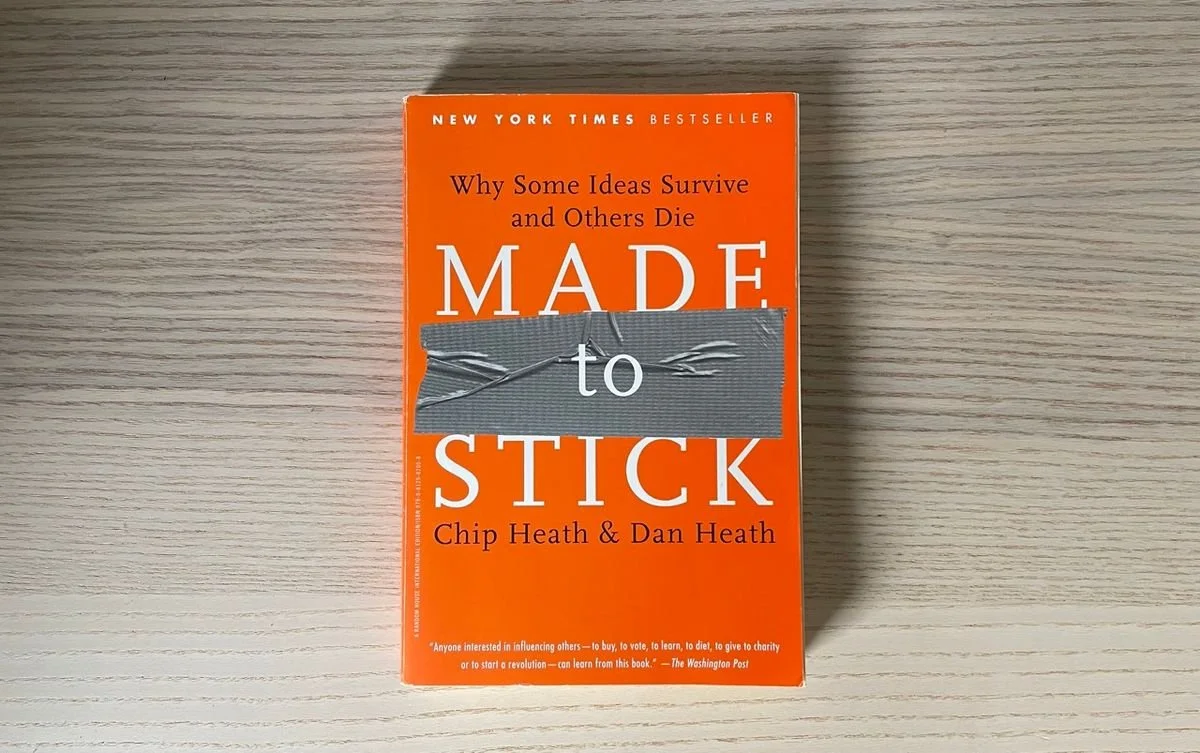Bridging the Gap: Connecting Knowledge to Practice
In today's fast-paced world, where information is readily available, it can be challenging to ensure that knowledge translates into action. This is especially true in industries like agriculture, forestry, and sustainable development, where effective communication is crucial to engage stakeholders and drive change. In this blog, we will explore the concept of connecting knowledge to practice and discuss strategies to overcome this challenge.
Understanding the Audience:
Before diving into effective communication strategies, it is essential to understand your audience. Different segments of the population value different aspects of the information you are trying to convey. By reflecting their values and speaking their language, you can tailor your message to resonate with them.
Start with Why:
Simon Sinek's concept of the Golden Circle provides valuable insights into effective communication. Starting with the "why" behind your work allows you to communicate your motivation, belief system, and processes effectively. By clearly articulating your purpose and connecting it to your audience's values, you can foster a stronger connection and understanding.
The Power of Emotions in Communication:
Science communication and knowledge exchange often rely on facts and data. However, to truly connect with your audience, it is essential to tap into their emotions. Randy Olson, in his book "Don't Be Such a Scientist," emphasizes the power of connecting with emotions. By moving the communication process from the head to the heart and the gut, we can engage the audience on a deeper level.
Making Statistics Meaningful:
Statistics, while important, often fail to resonate with audiences on their own. To make them more impactful, it is crucial to frame them within meaningful relationships. Chip and Dan Heath, in their book "Made to Stick," highlight the importance of using statistics to illustrate relationships rather than focusing solely on the numbers. By helping people remember the relationship, you can make the statistics more memorable and influential.
Crafting Sticky Messages:
To make your message memorable and impactful, it is crucial to make it "stick." This involves removing irrelevant or distracting information and focusing on the core or key message. By building relationships, incorporating emotions, using local examples, and employing concrete analogies, you can connect the key message to your audience's values and experiences.
Challenges and Opportunities:
In the second part of the blog, we will discuss the challenges faced by extension practitioners when communicating new practices to farmers and growers. We will explore the difficulties of discussing change and share successful strategies for effectively sharing new knowledge.
Connecting knowledge to practice requires effective communication strategies that go beyond data and statistics. By understanding your audience, crafting sticky messages, tapping into emotions, and starting with why, you can bridge the gap between knowledge and action.
Join us on this journey of connecting knowledge to practice and discover how impactful communication can transform the way we engage with information and drive meaningful change.



